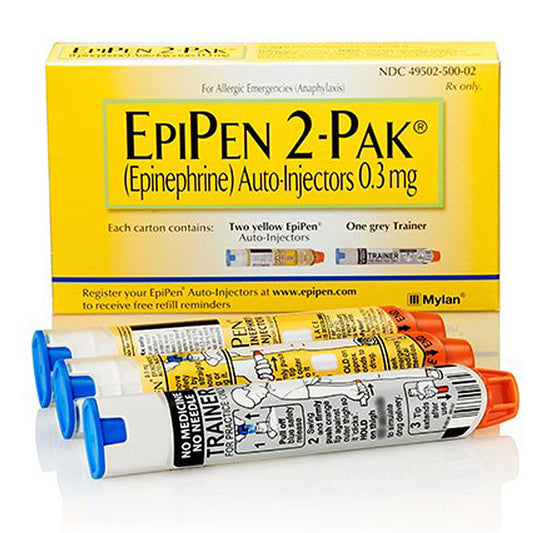
What are Bloodborne Pathogens?
William BeauregardShare
Bloodborne pathogens are microorganisms that can cause serious illness or death when they come into contact with a person's bloodstream. These pathogens include bacteria, viruses, and parasites that can be transmitted through contact with blood or other potentially infectious materials (OPIM). In this blog post, we will discuss what bloodborne pathogens are, how they are transmitted, and the measures that can be taken to prevent their spread.
Some of the most common bloodborne pathogens include HIV, hepatitis B (HBV), and hepatitis C (HCV). These pathogens can be transmitted through contact with infected blood, semen, vaginal secretions, or other bodily fluids. In addition to these viruses, there are also other bloodborne pathogens that can be transmitted through contact with blood, such as certain bacteria and parasites.
The most common way to contract bloodborne pathogens is through contact with infected blood or other bodily fluids. This can happen through a needle stick, or other sharp injury, or through contact with an open wound or mucous membrane. Bloodborne pathogens can also be transmitted through the sharing of needles, syringes, or other injection equipment.
To prevent the spread of bloodborne pathogens, it is essential to use proper infection control techniques. This includes the use of personal protective equipment (PPE), such as gloves, goggles, and masks, as well as proper disposal of sharps and other potentially infectious materials. Additionally, it is important to follow proper hand hygiene practices and to avoid sharing needles, syringes, or other injection equipment.
Employers and institutions also have a responsibility to provide training and education on the risks and prevention of bloodborne pathogens. This can include providing access to resources such as the Occupational Safety and Health Administration (OSHA) guidelines, and regular training sessions.
In conclusion, bloodborne pathogens are microorganisms that can cause serious illness or death when they come into contact with a person's bloodstream. These pathogens are transmitted through contact with infected blood or other potentially infectious materials. To prevent the spread of bloodborne pathogens, it is essential to use proper infection control techniques, follow proper hand hygiene practices, and avoid sharing needles, syringes, or other injection equipment. Employers and institutions also have a responsibility to provide training and education on the risks and prevention of bloodborne pathogens.



